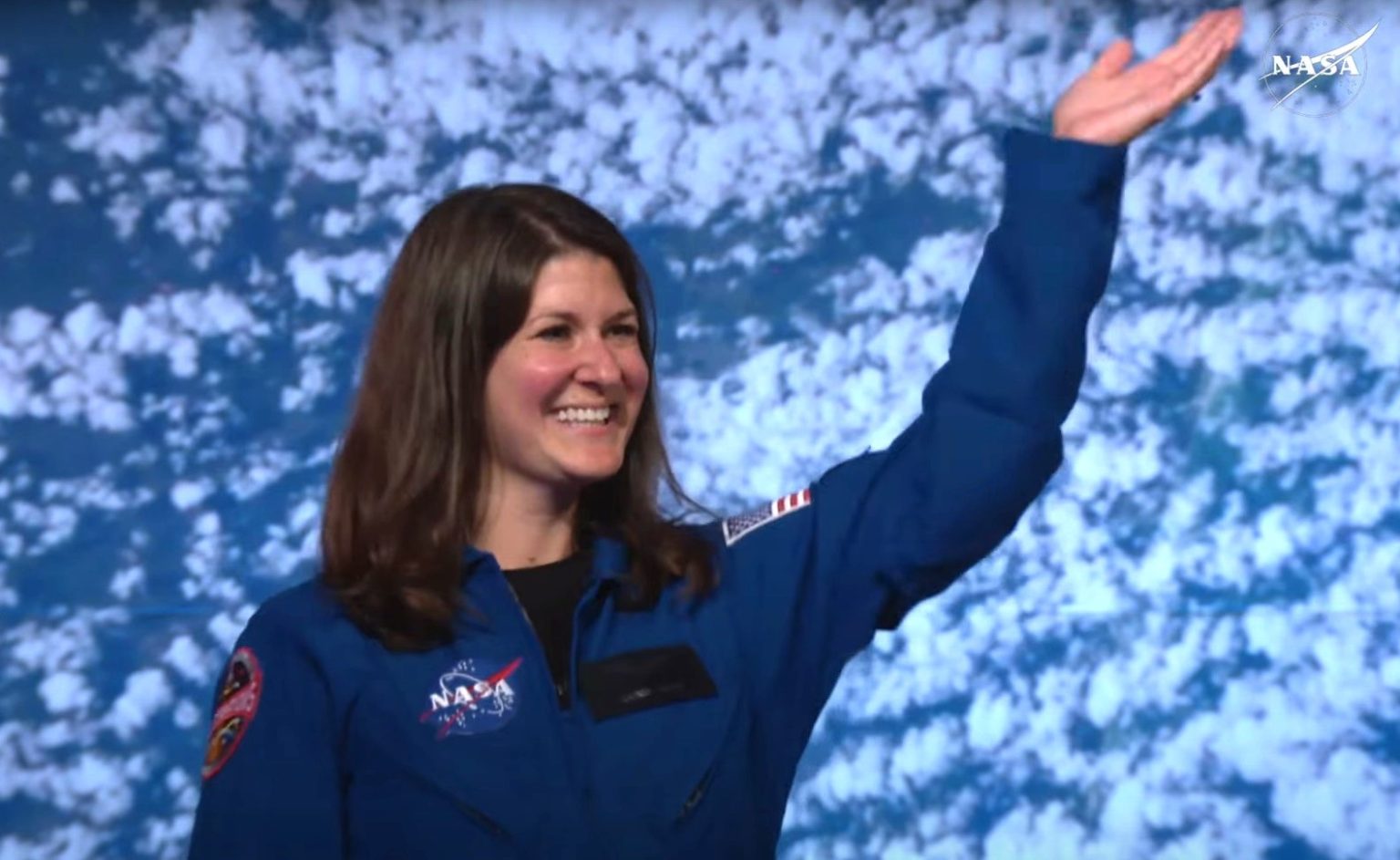NASA’s Class of 2025: A Diverse Group of Astronaut Candidates with Pacific Northwest Ties
NASA has unveiled its newest cohort of astronaut candidates, introducing ten remarkable individuals who will form the Class of 2025. Among them is Lauren Edgar, a distinguished geologist who calls Sammamish, Washington her hometown. This class is particularly notable for being the first in NASA’s history where women outnumber men, marking a significant milestone in the agency’s ongoing commitment to diversity. The selection process was intensely competitive, with over 8,000 applicants vying for these coveted positions. Acting NASA Administrator Sean Duffy emphasized the exceptional quality of the chosen candidates, noting that one of them might even become among the first Americans to set foot on Mars – a tantalizing possibility that underscores the historic potential of this class.
Lauren Edgar, 40, brings impressive credentials to her new role. Born in Washington, D.C., but raised in Sammamish, she graduated from Skyline High School before pursuing higher education at Dartmouth College and ultimately earning her Ph.D. in geology from Caltech. Her career has been distinguished by significant contributions to space exploration, including leadership of the U.S. Geological Survey’s TARGET training program and support for NASA’s Mars missions. Perhaps most notably, she serves as the deputy principal investigator on the Artemis 3 Geology Team, which is focused on the upcoming lunar landing mission. During her introduction, Edgar expressed enthusiasm about officially joining the NASA family and revealed a charming personal quirk – her love of doing handstands in remarkable locations around the world, from mountain summits to glaciers to the bottom of the Grand Canyon, a habit developed from her background in gymnastics combined with her passion for outdoor adventures.
Edgar’s accomplished classmates represent diverse backgrounds and impressive credentials. Ben Bailey, a 38-year-old Army Chief Warrant Officer from Virginia, brings experience as a test pilot with over 2,000 flight hours. Air Force Majors Adam Fuhrmann and Cameron Jones, 35 years old, contribute combat experience and extensive test piloting capabilities. The class also includes 40-year-old Yuri Kubo, who spent 12 years at SpaceX, including serving as launch director for Falcon 9 rocket launches before moving to Electric Hydrogen as senior vice president of engineering. Rebecca Lawler, 38, is a former Navy lieutenant commander with impressive credentials as a pilot, including work as a hurricane hunter for NOAA and participating in NASA’s Operation IceBridge, bringing over 2,800 flight hours of experience across more than 45 aircraft types.
The class features several other exceptional candidates with unique backgrounds. Anna Menon, 39, has already made history as part of the privately supported Polaris Dawn mission, where she participated in the first commercial spacewalk and helped set a new female altitude record of approximately 870 miles. Her selection marks the first time NASA has chosen someone who has already been to orbit as an astronaut candidate. Imelda Muller, 34, brings medical expertise as a former Navy lieutenant and undersea medical officer who was completing an anesthesia residency at Johns Hopkins when selected. Navy Lieutenant Commander Erin Overcash, 34, is not only an accomplished F/A-18 Super Hornet pilot with multiple deployments and over 1,300 flight hours, but also trained with the USA Rugby Women’s National Team through the Navy’s World Class Athlete Program. Katherine Spies, 43, rounds out the class as a former Marine Corps attack helicopter pilot and experimental test pilot who was director of flight test engineering at Gulfstream Aerospace Corporation when selected.
This newest class joins the lineage of 370 astronaut candidates NASA has recruited since the original Mercury Seven in 1959. Their selection comes at a pivotal time in human spaceflight, with NASA actively preparing for the Artemis program’s upcoming missions to return humans to the lunar surface. The Artemis 2 mission, scheduled for launch next year, will send four astronauts on a journey around the moon, paving the way for the Artemis 3 mission’s planned lunar landing in mid-2027. These new astronaut candidates will undergo years of rigorous training to prepare for potential assignments that may include these historic lunar missions and perhaps even future journeys to Mars. Their selection represents NASA’s commitment to maintaining American leadership in space exploration during what some consider a second space race, particularly as China advances its own ambitious lunar exploration program.
NASA’s leadership made it clear that they view these astronaut selections within the context of international competition in space. Acting Administrator Duffy directly addressed concerns about China’s space ambitions, declaring emphatically that NASA and America would win “the second space race back to the moon” with these astronaut candidates participating in that effort. The agency’s vision extends beyond simply returning to the lunar surface – this time, they intend to establish a sustainable presence that will serve as a stepping stone for eventual human missions to Mars and beyond. The Class of 2025 stands at the threshold of this exciting new era in space exploration, representing not just the culmination of their own remarkable careers but the beginning of what could be humanity’s greatest adventures beyond Earth. With their diverse backgrounds, impressive qualifications, and pioneering spirit, these ten individuals embody NASA’s enduring mission to push the boundaries of human achievement in the cosmos.


